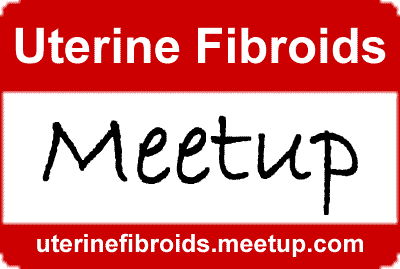 |
 |
 |
 |
 |
 |
 |

|
PO
Box 9688 |
|
Colorado
Springs, CO 80932-0688 |
|
719.633.3454 |
|
|
|
. | |||||||||||||||||||
| | |||||||||||||||||||
|
Risk Factors
There is no known cause for uterine fibroids. There is also no known reasons as to why some women acquire severely symptomatic fibroids while others do not. There has been so little research on the risk factors for developing symptomatic uterine fibroids, that it almost begs the issue to try and list what little we do know here. Even so, age, race, lifestyle and genetics may well play a part in the overall scheme of your health and your own body's tendency to develop symptomatic uterine fibroids.
Here are the few known associative risk factors:
-
African-Americans are 2-3 times more likely to present with symptomatic uterine fibroids and typically will do so at a younger age than the rest of the population of women with uterine fibroids.
-
Average age range for fibroids to become symptomatic is 35-50.
-
Asian women have a lower incidence of symptomatic uterine fibroids.
-
Obesity is associated with the presence of uterine fibroids. (Of course, which came first -- the weight or the fibroids -- is still an unanswered question.)
-
Consumption of beef, red meat (other than beef), and ham has been associated with the presence of uterine fibroids.
Recent research has shown some PROTECTIVE value (reduced incidence of uterine fibroids) to the consumption of the following foods:
- green vegetables
- fruit
- fish
The following are foods that researchers have NOT consistently been able to associate with increased presence of uterine fibroids:
- milk
- liver
- carrots
- eggs
- whole-grain foods
- butter
- margarine
- oil
- coffee
- tea
- alcohol
In addition, we also know the following:
- Changes in a woman's hormone levels may impact fibroid growth.
- Fibroids grow rapidly during pregnancy when hormone levels are elevated.
- Fibroids shrink after menopause when hormone levels are decreased.
- Estrogen and progesterone play a role in fibroid growth.
Donate | Copyright Information ©2000-2010 | Contact NUFF
This page last updated Sunday, November 21, 2010


